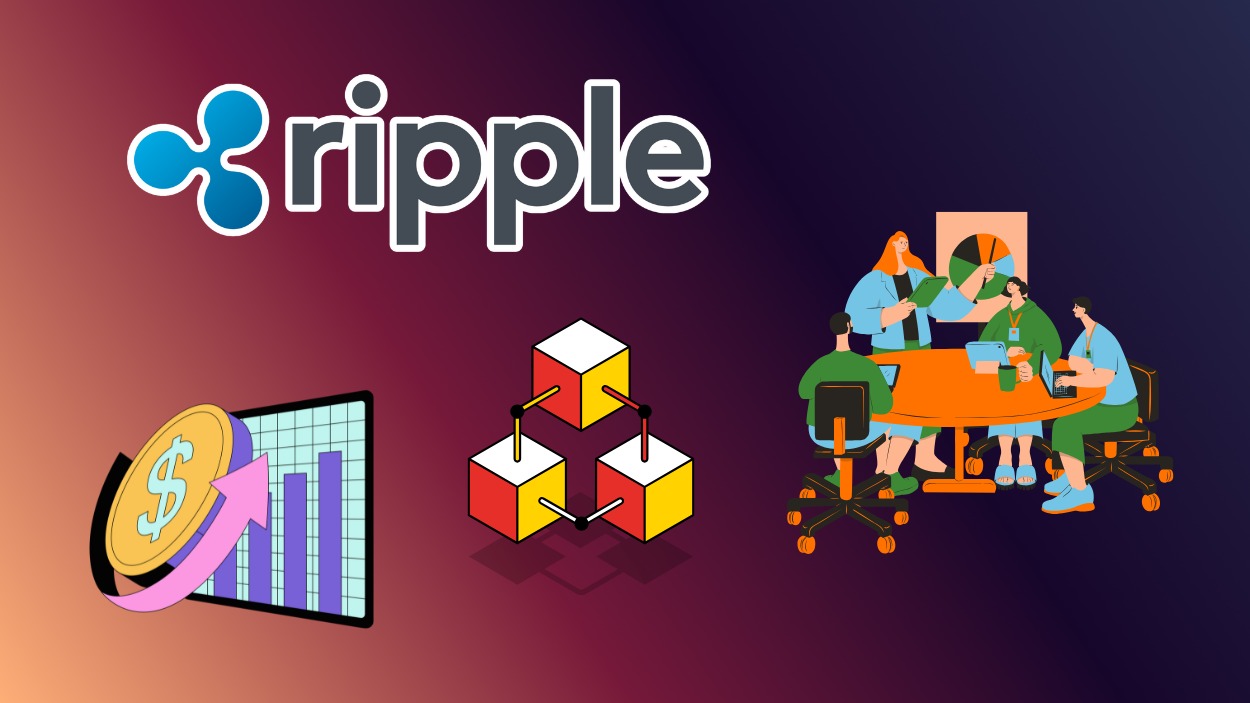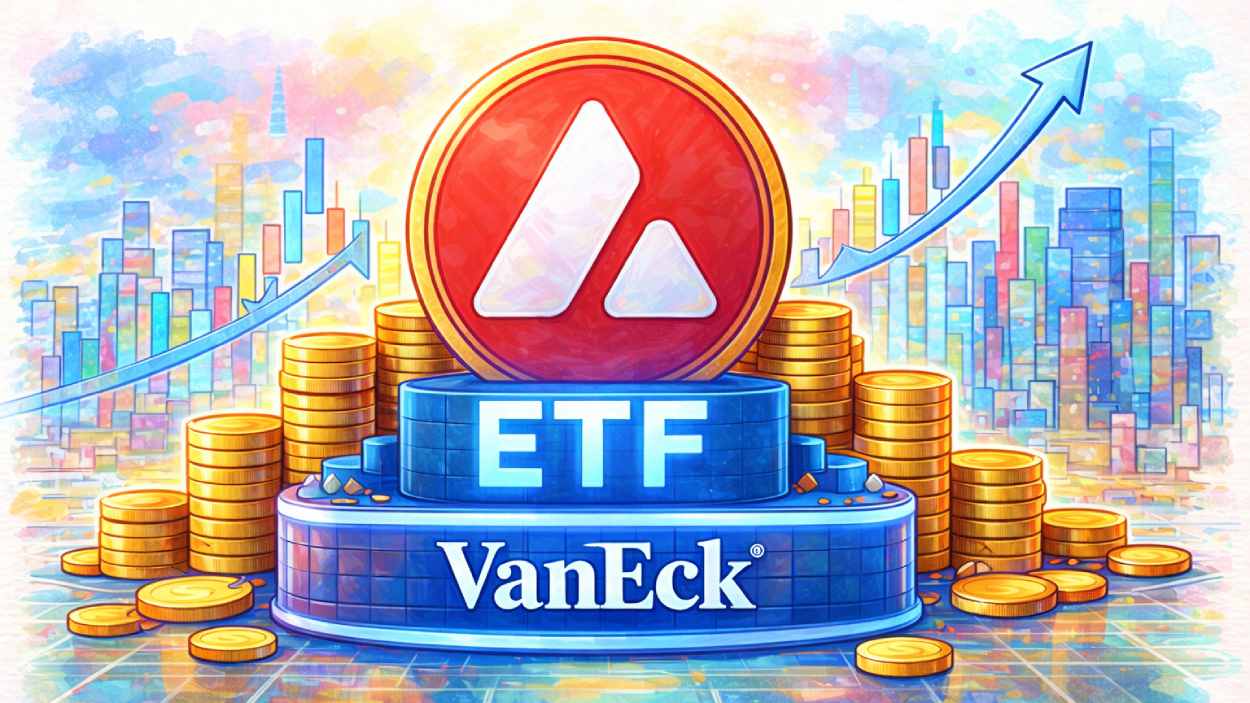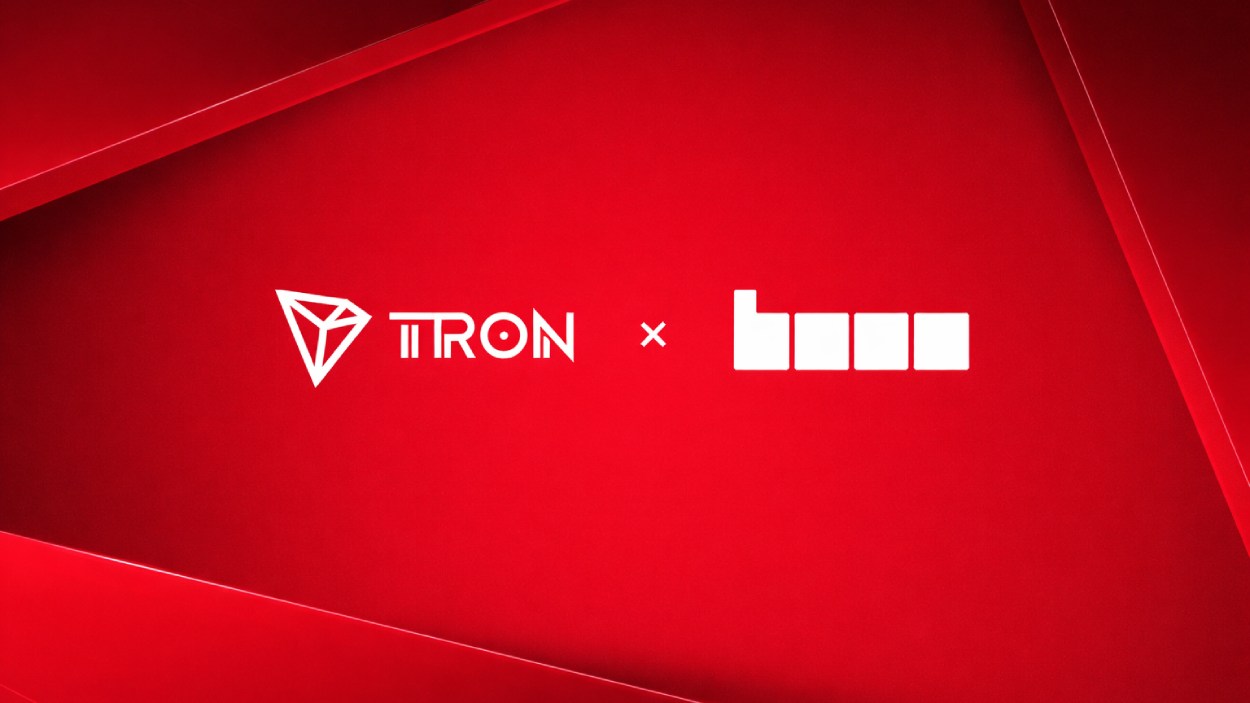The fintech firm Helcim has been steadily carving out its presence across North America, offering payment-processing solutions for small and medium-sized businesses. In recent years, Helcim has expanded both its product suite and its workforce, from merchant services to developer APIs, reflecting broader industry trends in financial services.
For example, in one scenario, a local retail business switched from legacy card terminals to Helcim’s cloud-based system, enabling faster settlements and prompting the company to hire additional operations and support staff. In another case, a SaaS provider integrated Helcim’s API and subsequently required new hires in the integration team and platform engineering.
How Many People Work At Helcim?
- Helcim currently employs around 188 staff across its operations.
- The company headquarters are located in Calgary, Alberta, Canada, with staff operating across multiple regions.
- Firms with formal L&D see 218% higher income per employee.
- Employee reviews show mixed feedback, strong culture praised, but some concerns around training and management.
- Helcim’s company values emphasise transparency, trust, and building a “team that cares”.
- Studies have found that remote work can lead to a 35%–47% increase in productivity and up to 56% improvement in job satisfaction, though results vary by industry and role.
Recent Developments
- In September 2024, Helcim introduced a gross-deposit funding system targeted at merchants.
- In July 2024, the company announced its Integrated Payments for Developers and Platforms initiative.
- Helcim saw 68.10% of its transactions processed in-person vs 31.90% online across its merchant base.
- The 2025 trend data also shows that credit cards account for 83.12% of transactions in the U.S./Canada for Helcim’s market.
- The company emphasises “no monthly fees, no contracts” as key differentiators.
- On the culture side, Helcim updated its “About Us” page to highlight being a “team that cares” and emphasise values such as trust and builders.
Payment Preferences by Method
- 53% of respondents who prefer cash continue to use it most frequently, while 15% lean toward credit and 26% toward debit, showing some cross-method overlap.
- Among those who prefer credit, a strong 69% still favor credit cards as their main payment tool, with only 16% occasionally using cash and 7% using debit.
- For users who prefer debit, about 65% primarily stick with debit cards, but 20% also use cash, reflecting flexibility in everyday spending.
- The “Other” payment category (including digital wallets and alternative systems) remains small, ranging from 5% to 8% across all groups.
- Overall, credit and debit dominate structured payment behavior, while cash retains a solid following among users valuing immediacy and control.
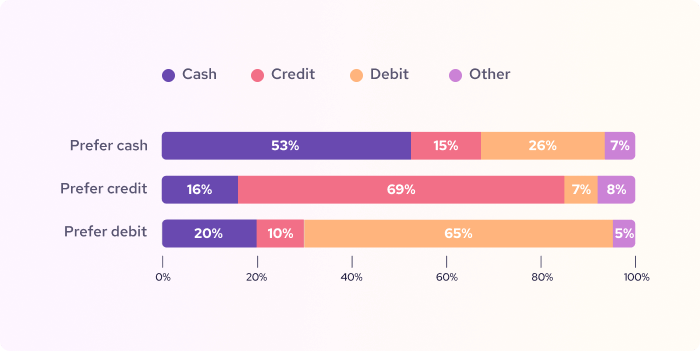
Helcim’s Current Team (Key People)
- Nicolas Beique (Founder & CEO): The visionary who launched Helcim and led development of its original payments stack; recognized in the tech ecosystem for his entrepreneurship.
- Marjorie Junio‑Read (Chief Financial Officer): Oversees finance, accounting, and operational budgeting—ensuring Helcim’s financial discipline aligns with mission and growth.
- Brett Popkey (Chief Technology Officer): Heads technology and product engineering, responsible for the platform that supports merchants across digital and in-person payments.
- Shannon Dougall (Chief Growth Officer): Recently appointed as Helcim’s first CGO; tasked with scaling commercial growth, partnerships, and market expansion.
- Cheryl Hooper (Manager of People & Culture): Leads the HR and culture functions, focusing on leadership development, inclusion, and employee experience as Helcim expands.
Breakdown by Department or Role
- ~30% are in engineering, ~20% in merchant support.
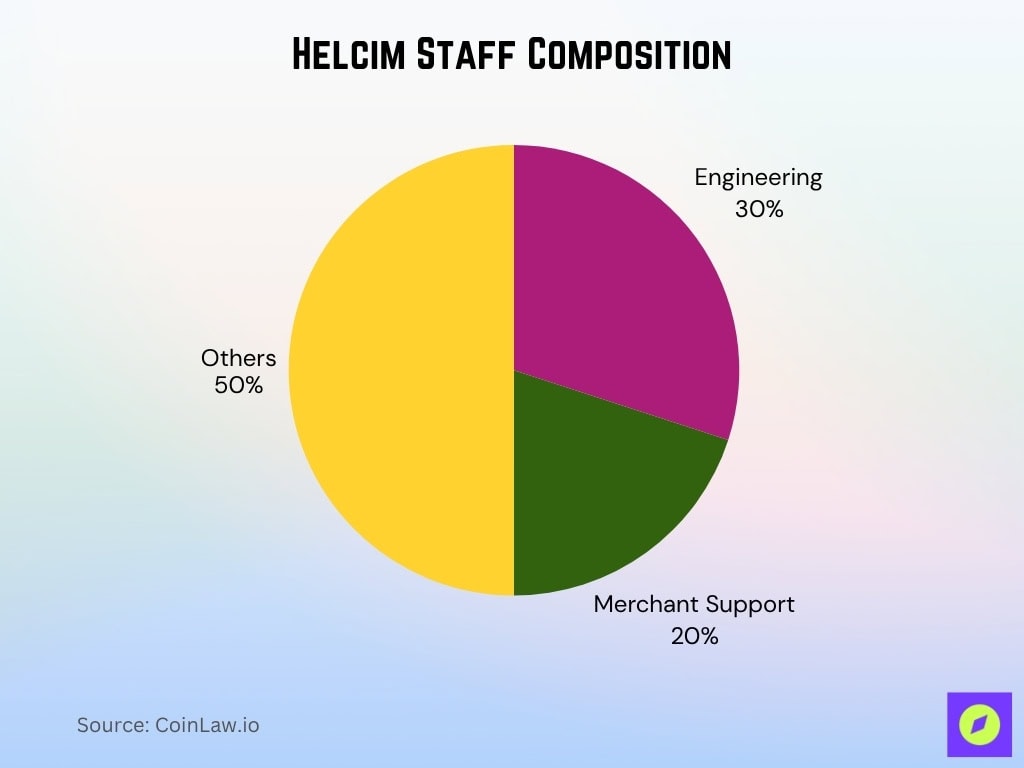
- Software developer salaries at Helcim in Canada span $95K–$152K per year.
- Graphic designers at Helcim report typical pay from $44K–$72K annually.
- Employee sentiment for “Support Team” roles is positive, reflecting a strong service culture.
- The leadership team includes roles such as VP of Product and CTO, central to product and engineering.
- Merchant experience positions are prioritized, with a “human approach” highlighted in Helcim’s sales and service ethos.
- Operations and integration teams are active due to ongoing launches of funding systems and developer programs.
- Dedicated teams focus on SMB onboarding and account support as part of Helcim’s merchant services.
Headquarters and Office Locations
- Helcim lists its main corporate headquarters at 440 2 Ave SW, Suite 400, Calgary AB T2P 5E9, Canada.
- The company also operates an office in the United States at Suite 4200, 701 5th Avenue, Seattle, WA 98104.
- Having both Canadian and U.S. sites implies Helcim supports cross-border operations and may recruit talent in both markets.
- The dual-office model suggests Helcim may allocate certain functions (e.g., product, engineering, support) between its Calgary and Seattle locations.
- Being anchored in multiple time zones may facilitate overlap with U.S. clients.
- The company’s address in Calgary places it downtown, appealing to talent seeking urban amenities.
- For U.S.-based employees, the Seattle office gives Helcim a foothold in a major tech hub, aiding recruitment of technical and product roles.
Employee Satisfaction and Culture
- Breakdown of ratings shows, Culture & values = 3.6, Diversity/Equity/Inclusion = 4.2, Work/Life balance = 3.3, Compensation & benefits = 3.7.
- Employee testimonials highlight the “team is awesome,” “people here are driven,” and an environment that encourages openness.
- The public “Culture Book” titled The Way of Helcim emphasises values of trust, ownership, openness, and bottom-up hiring.
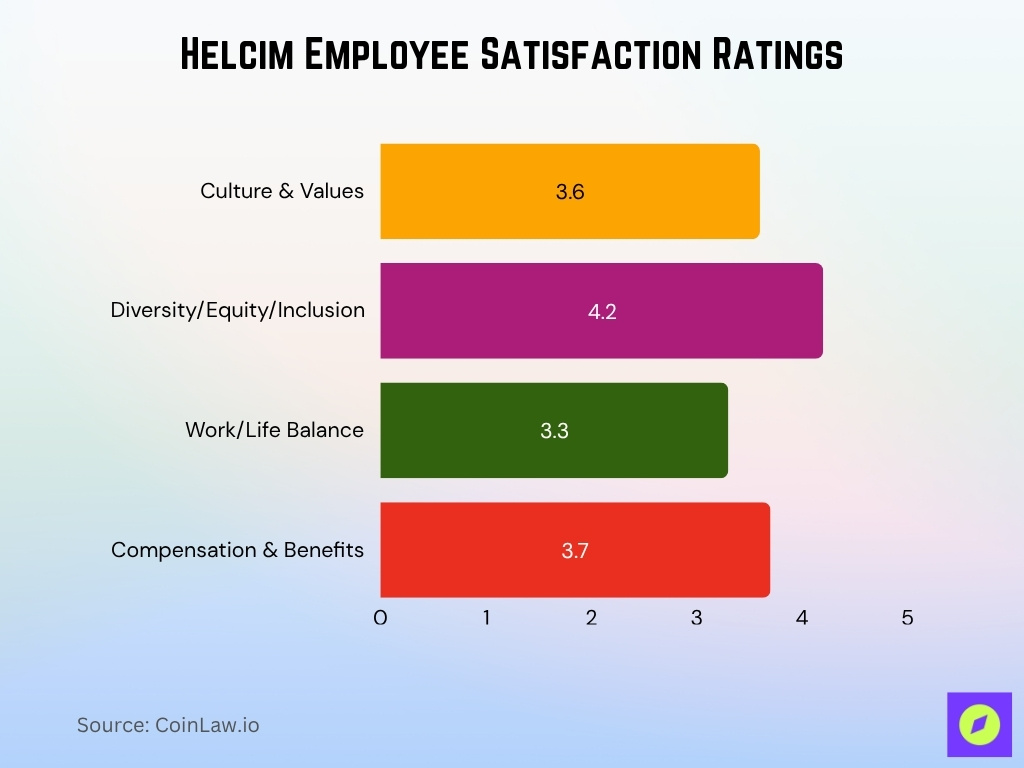
Diversity and Inclusion Statistics
- Helcim’s DEI rating is 4.2 out of 5, reflecting strong employee approval.
- Building diverse teams is linked to better success and higher retention across tech sectors.
- Employee reviews frequently cite inclusion and approachable leadership as strengths.
- Companies in the top quartile for ethnic and cultural diversity on executive teams are 33–36% more likely to outperform on profitability.
- In fintech firms with nearly ~200 employees, a DEI rating of 4.2 signals an above-average culture.
Employee Training and Development
- The company covers 50% of training costs up to $500 per year.
- Companies with formal training programs have 218% higher income per employee than those without.
- 59% of employees believe training directly improves performance.
- Helcim’s transparent salary ranges and open-book management support career planning.
Consumer Repayment Behavior After 0% Balance Transfer Offers
- 48% of consumers repaid their entire balance within the first month after the 0% promotional period ended.
- The share increased to 54% by Month 2, reflecting early repayment progress.
- By Month 3, 60% of users had cleared their transferred balances in full.
- The rate climbed to 65% by Month 4 and 69% by Month 5, showing continued improvement in repayment discipline.
- By Month 6, 71% of consumers had paid off their full balance, marking a strong overall repayment trend.
- The pattern indicates that most borrowers settle their balances within six months, minimizing interest exposure after promotional offers expire.
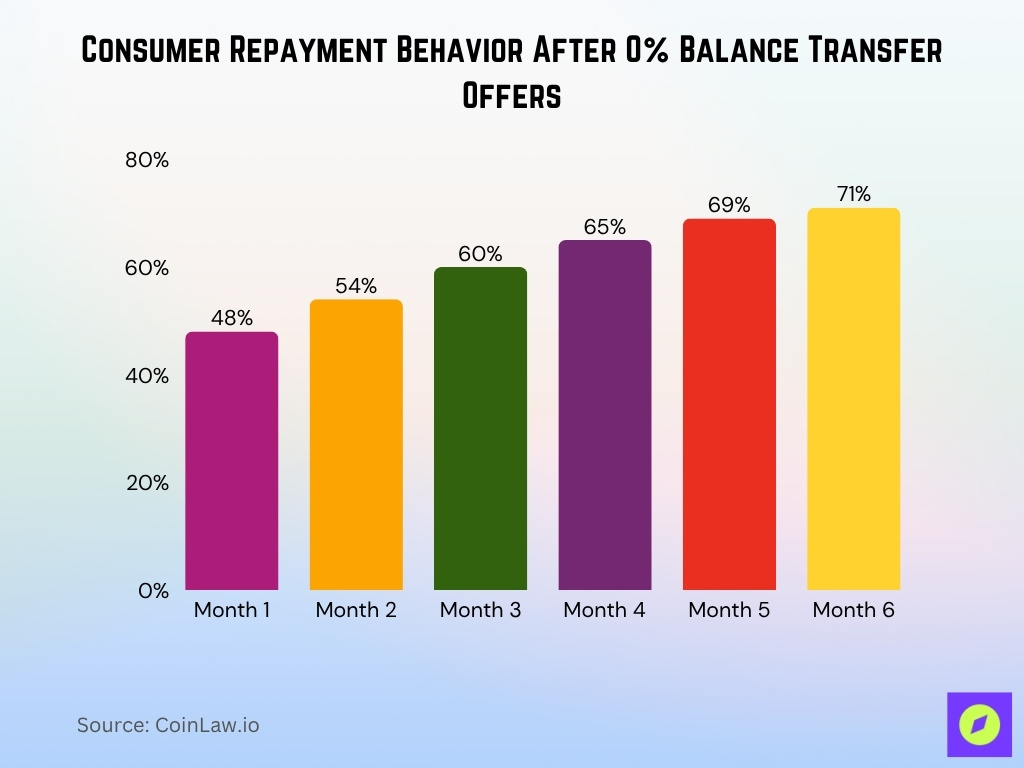
Comparative Employee Benchmarks
- Only 23% of financial services firms align workforce and talent strategy effectively.
- Typical fintech workforce growth, 15%-25%, exceeds Helcim’s 4%.
- Helcim’s 3.5/5 Glassdoor rating is slightly below the financial services average (~3.7/5).
- Hybrid adoption of 60-70% in fintech aligns with Helcim’s flexible policies.
- Turnover rates for small fintechs average 10-15%; Helcim’s rate appears stable.
- Helcim’s capped training benefits match mid-tier fintech norms.
Frequently Asked Questions (FAQs)
Approximately 188 employees.
Around $183,314 per employee.
Across 2 continents.
Conclusion
Helcim’s workforce demographics show reasonable gender representation but lack granular public detail. The company’s values-driven culture and lean structure create agility and engagement opportunities, although advancement and training programs can be improved. Compared to fintech benchmarks, Helcim’s slower growth is offset by solid productivity per employee and cultural authenticity. Future growth will likely remain steady, appealing to professionals seeking meaningful work within a nimble, mission-driven fintech.













